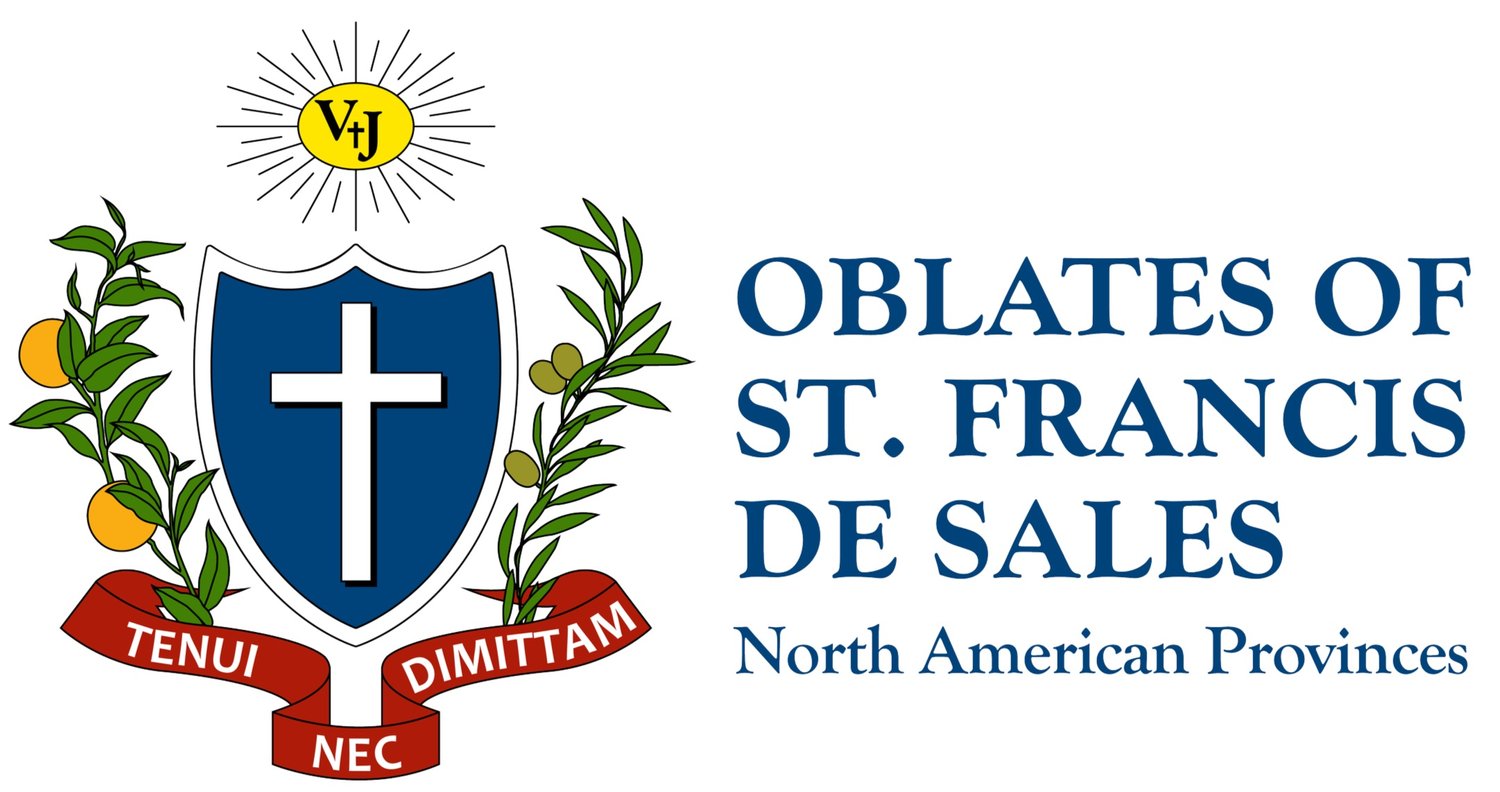Spirituality and the Arts
St. Francis de Sales wrote, “We pray best before beauty.” I think this is true for many reasons: Beauty can capture our attention and move our thoughts and emotions in subtle but powerful ways. It provides moments of transcendence and inspires admiration for the Master Craftsman Himself.
I also think that this insight extends well beyond our specific time set aside for prayer. Being immersed in beauty not only lifts our minds and hearts to God when we experience it; it also shapes our vision of the world in continuous and lasting ways. Even as I write this reflection, I see outside my window the marvel of individual raindrops clinging to the tips of branches on a tree that creates the impression of a crystal-studded spectacle. The wonder inspired by these fine details of nature will, I hope, endure and allow me to perceive and appreciate how God speaks to us constantly through the most minute details of life. This is the dimension of life that beauty and the arts are particularly fit to open up for us.
To appreciate what beauty adds to our lives is to occupy a world in which, in an almost mystical way, everything becomes the voice of God to you. How else could I learn to appreciate the chirping birds in the morning unless I thought it was God’s own melody? Or to hear the far-off sirens during our morning and evening prayers (I live in D.C. after all) and realize that it was God’s gentle way of breaking my distraction and bringing my mind back to Him?
The person whose vision of the world has been shaped by beauty, will, I believe, come to see that there is more to reality than meets the eye, and artists have the privilege of making the invisible tangible for us. When we witness a poignant scene in a movie and hear the violins softly begin to hum, this is more than mere entertainment. This is a way of evincing the power of human love that our senses can’t perceive on their own. For this reason alone, the arts deserve a pride of place in our lives. I have been blessed to experience this quality of the arts in my own life through music and literature—among my favorite pastimes.
Regardless if our own talents lie in this realm or elsewhere, each of us can make space in our lives for things that are simply meant to be enjoyed for their own sake. The most human endeavors and achievements are not those which aim at being “useful.” Instead, the arts are “useless” in the best way, because ornamentation saves us from the tyranny of mere utility.
If the arts help to make us more human, as I believe they do, then they are even more helpful in living our vocation as children of God. It is no coincidence that the Christian tradition is full of works of art. If we can learn to value a work of art for its own sake, then how much more can we learn to value an act of kindness or a moment of prayer for its own sake?
The experience of the arts aiding my own prayer life has shown me how the arts increase our unity with the whole human family across time by putting us in contact with the ideas and works of men and women across history—perhaps a very tangible way of being “surrounded by such a cloud of witnesses” (Heb. 12:1). Even more critically, though, there have been so many times when a work of art has articulated my own prayer for me. The arts give me a medium to express my own thoughts that I couldn’t formulate on my own. Though I had an inkling of the way that joy and sorrow conspire to a meaningful life, I could have never put it into words with the measured pathos of William Blake’s “Joy.”
It is a privilege to share in the Father’s creativity through our own efforts—one that I surely do not express gratitude for often enough. It is also a privilege to be nourished and uplifted by the expressions of God’s power and wisdom that my brothers and sisters have transmitted into time and space, further gilding the grace-lit way along which we travel home.
Mr. Matthew Trovato, OSFS
Oblate Seminarian
Learn more about the Oblates



